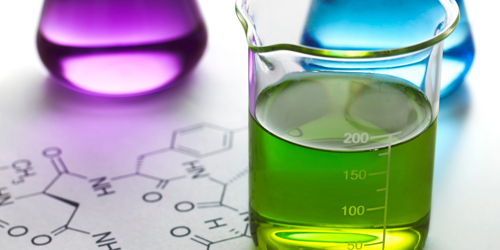Carcinogenic, Mutagenic, and Reprotoxic (CMR) substances in cosmetic products

Cosmetic products play a significant role in our daily routines. However, beyond the beauty, the spotlight may turn towards the potential presence of harmful substances. Among these concerns are Carcinogenic, Mutagenic, and Reprotoxic (CMR) substances, which have raised alarm bells due to their potential health risks.
Understanding CMR substances
CMR substances are a group of chemicals known for their ability to cause cancer (carcinogenic), induce genetic mutations (mutagenic), or harm reproductive capabilities (reprotoxic). CMR substances are classified as Category 1A, 1B or 2:
- Category 1A: the substance is known to be carcinogenic/mutagenic/reprotoxic to humans.
- Category 1B: the substance is presumed to be carcinogenic/mutagenic/reprotoxic to humans.
- Category 2: the substance is suspected to be carcinogenic/mutagenic/reprotoxic to humans.
These substances can find their way into cosmetic formulations through raw materials, manufacturing processes, or even during storage.
Regulatory framework
Regulation (EC) No 1223/2009 strictly regulates the presence of CMR substances in cosmetic formulations, prohibiting their use apart from in exceptional cases.
As a general principle, substances classified as CMR of category 1A, 1B, or 2 under Part 3 of Annex VI to Regulation (EC) No 1272/2008 (CLP Regulation) are banned for use in cosmetic products. However, as a hazardous property of a substance does not necessarily always entail a risk, exceptions to this general rule are possible, subject to the conditions laid down in Article 15.
Article 15
Article 15 of Regulation (EC) No 1223/2009 allows the use of CMR substances of category 2 where, in view of exposure and concentration, they have been found safe for use in cosmetic products by the Scientific Committee on Consumer Safety (SCCS) and are regulated by the Commission in the Annexes to this Regulation. An example of this are the ingredients methyl salicylate and salicylic acid which have been classified as CMR substances of category 2 but were found safe for use by the SCCS under the restrictions set out for each in the annexes.
Regarding substances classified as CMR substances of category 1A or 1B, in the exceptional case that they comply with food safety requirements, inter alia as a result of their naturally occurring in food, and that no suitable alternative substances exist, there is also a possibility to use them in cosmetic products on the condition that such use has been found safe by the SCCS. Such substances should be continuously reviewed by the SCCS.
References:
European Commission. Cosmetic products – specific topics: CMR substances
![[Logo Cosmedesk]](/media/ljbbhnk4/logo-cosmedesk.svg)